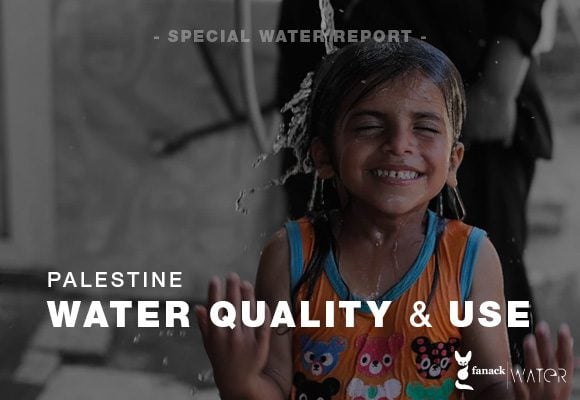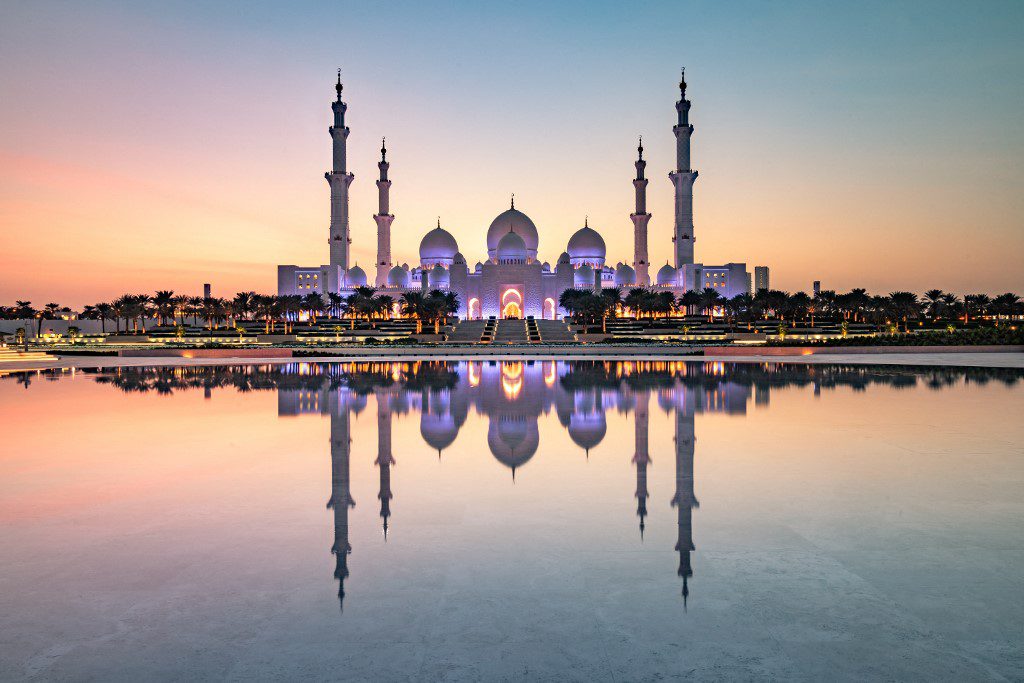
Introduction
Source: Natural Earth. This map is not an authority on international boundaries.
The United Arab Emirates (UAE) is a federal state located on the eastern coast of the Arabian Peninsula. It consists of seven emirates: Abu Dhabi, Ajman, Fujairah, Sharjah, Dubai, Umm al-Quwain, and Ras al-Khaimah.
The UAE enjoys a unique strategic location. It borders the Gulf of Oman and overlooks the southern approach to the Strait of Hormuz, a vital transit point for world oil. The total land area of the UAE is around 71,023.6 km2, including some islands in the Gulf.
Abu Dhabi, the largest emirate, witnessed a mass development over the past 40 years, due to the abundance of oil and natural gas resources. The emirate has invested billions of dollars in turning the capital into a desirable tourist spot and a cultural centre. Its new skyline and massive sports projects, such as the Abu Dhabi Grand Prix, with its magnificent Formula 1 race track on Yas Island, and bold artistic ventures, such as the establishment in the city of satellite museums by the Louvre and Guggenheim, are some of the city’s new showpieces for residents and visitors.
Dubai is the second largest emirate. It was established in 1833 when a group of people from the tribe of Bani Yas settled in al-Khor, led by the Al Maktoum family. Dubai’s economy relies mainly on trade, services, and tourism sectors. Dubai features cultural diversity, prominent landmarks, an open economy and as one of the world’s premier tourist destinations, attracts millions of visitors each year.
A prominent feature of both Dubai and Abu Dhabi is the groundbreaking architecture, an amalgamation of modern styles and more traditional elements such as Arabic calligraphy.
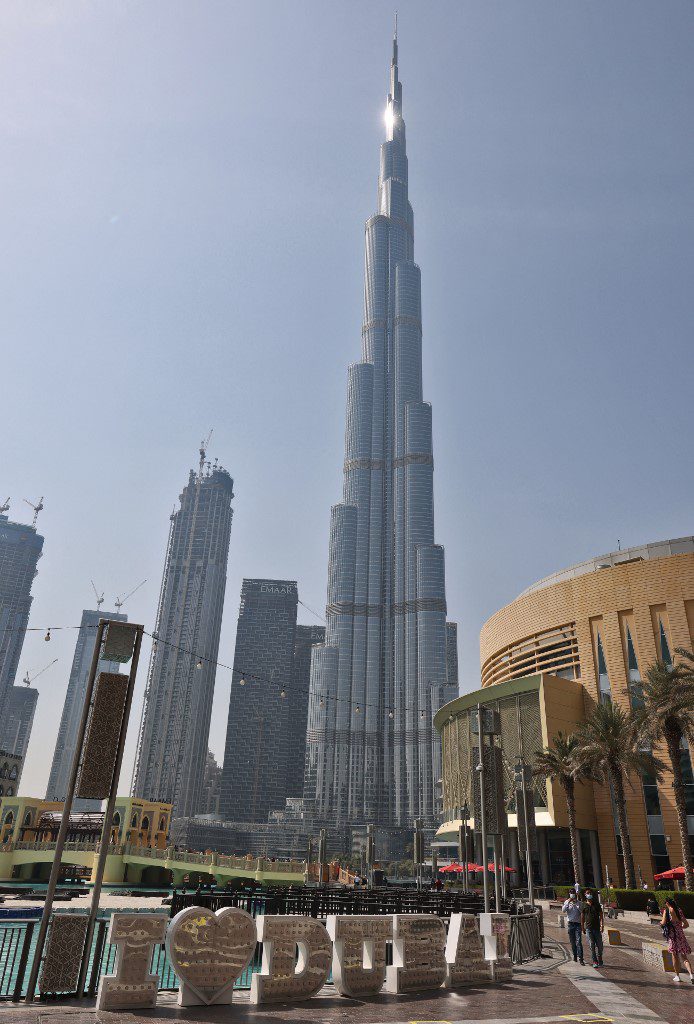
History
The area that now covers the seven emirates of the UAE has been the domain of Arab tribes and families throughout history. Nevertheless, it was culturally influenced by Persian culture due to its proximity to Iran.
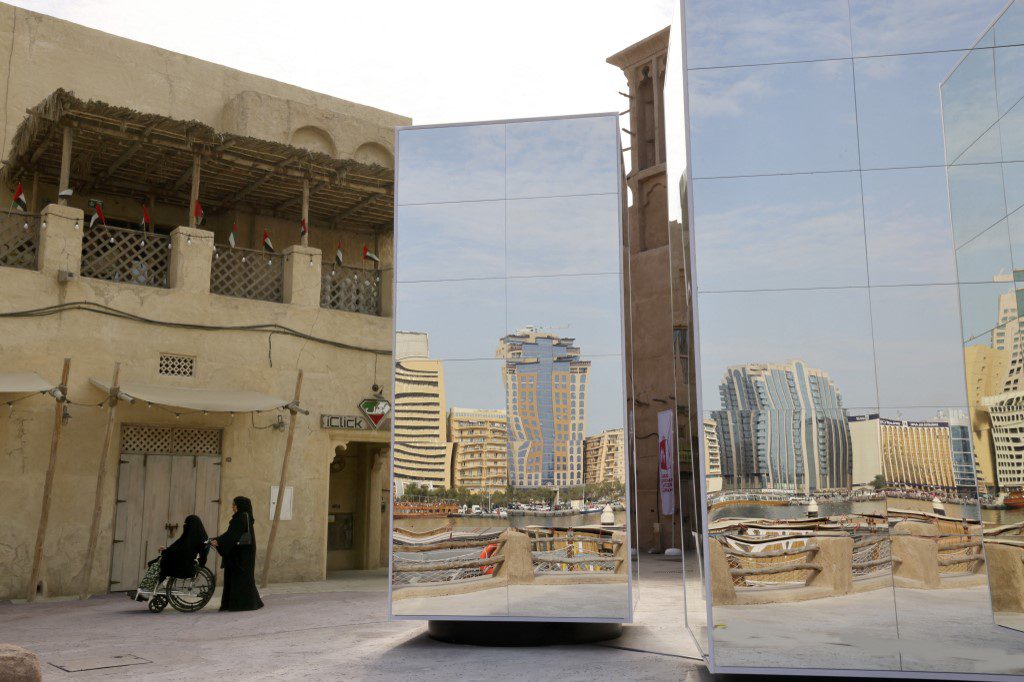
In the 18th century AD, Portugal and the Netherlands extended their dominance in this area. However, this situation changed due to the growth of the British naval power there. By 1892, Britain signed a chain of treaties with the sheikhdoms of the Gulf. According to these treaties, the sheikhs of the Gulf agreed not to make any agreements or communications with any other force except the British government. In return, the British took the burden of defending the region against any external aggression. These treaties preserved the naval route towards India and set the stage for the emergence of the Trucial States. In 1968, the British government declared its intention to withdraw from the Gulf by the end of 1971.
In July 1971, the leaders of Abu Dhabi, Dubai, Sharjah, Ajman, Umm al-Quwain, and Fujairah decided to form the United Arab Emirates. On the 2nd of December 1971, the establishment of an independent sovereign federal state was announced officially. On the 10th of February 1972, Ras Al Khaimah joined the federation, and with that, the federation was complete with its seven emirates.
Since then, the federation featured a lasting competition between the ruling families of Al Nahyan in Abu Dhabi and Al Maktoum in Dubai. However, foreign events such as the Gulf war (1990 – 1991) and the ongoing territorial conflict with Iran contributed to further reinforcing the political unity of the UAE.
The UAE has established itself as a regional and global power, having developed strong relations with Western powers, including the US, but also (commercial) relations with countries such as Iran and China. In recent years, the country proved itself more assertive in its international relations, taking sides in conflicts in Yemen and Libya. While having had unofficial relations with Israel for decades, it broke Arab consensus by normalising relations with the Jewish state as part of the Abraham Accords. While it led to an increase in trade and security cooperation between the two countries, the step was also criticised for sidelining the Palestinians.
Society
The population of the UAE is estimated at 9.44 million according to 2022 estimates. Since the massive development enabled by the exploitation of oil resources in Abu Dhabi and Dubai, the UAE has attracted huge numbers of expats. That has ultimately led to a majority of expats within the population, including Asians, Arabs and Westerners. Consequently, the proportion of nationals is one of the smallest in the Arab Gulf region at around 13 per cent.
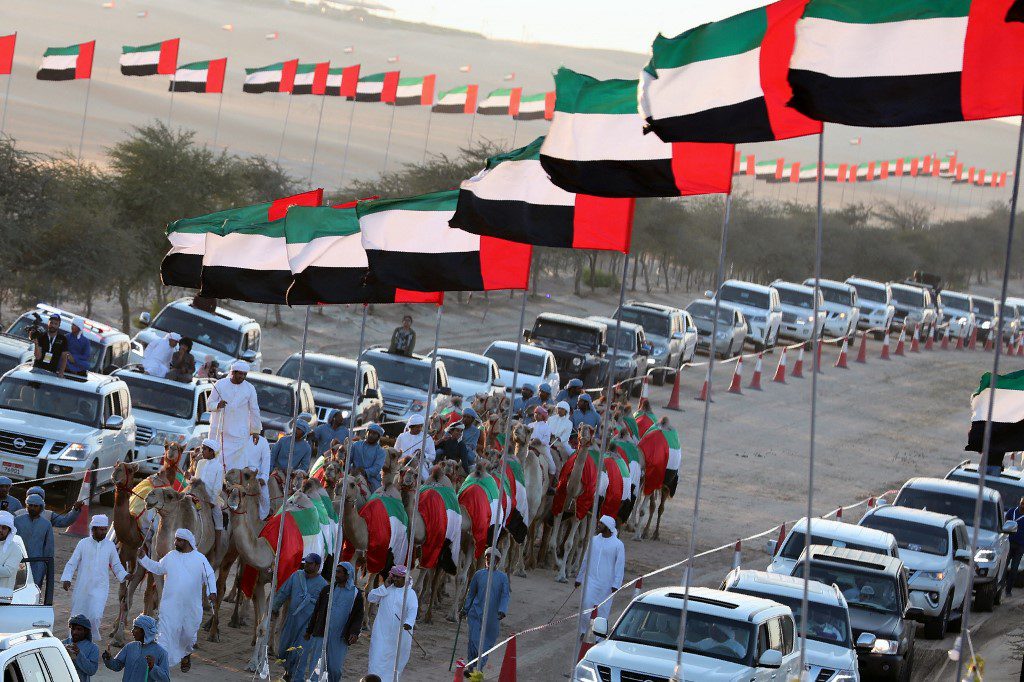
While the exploitation of these migrant workers has enabled rapid development throughout the country, contributed to a multicultural society and enabled many workers from poorer countries to make a living, the UAE has also been criticised for its treatment of migrants. In addition, like its GCC neighbours, the country has increasingly been under pressure to nationalise its workforce.
Arabic is the official language. English however is widely used. Among the other languages used in the UAE are Hindi, Malayalam, Urdu, Pashto, Tagalog and Persian.
Islam is the official religion of the state, but it is also allowed to practise other religious beliefs. In the UAE’s churches and religious temples, many different nationalities practise their different liturgies.
Football is the most revered and watched sport in the country, despite holding on to the traditional sports of the region, such as hawks and camel racing. The Emirati national football team qualified for the World Cup in 1990. It also won the Arabian Gulf Cup in 2007 and 2013.The UAE hosted the FIFA U-20 World Cup in 2003.
The media environment in the UAE includes local Emirati media outlets as well as major international news and entertainment outlets, which operate alongside each other in a cosmopolitan environment. Despite its position as a media centre in the region, the restrictive media legislation that has been in force since 1980 led to implementing a severe repression of the media. In 2022, the UAE ranked 138th out of 180 countries included in the Reporters without Borders free press index.
Economy
The UAE has an open economy with a high per capita income and a sizable annual trade surplus. Its dependence on oil is a significant long-term challenge, although the UAE is one of the most diversified countries in the Gulf Cooperation Council.
Therefore, the country focuses on economic diversification, promoting the UAE as a global trade and tourism hub, developing industry, and creating more job opportunities for nationals through improved education and increased private sector employment. The country’s free trade zones – offering 100% foreign ownership and zero taxes – help attract foreign investors.
In addition, the UAE has held a number of high-profile international events, such as the Expo 2020 Dubai (held early 2022) and the Abu Dhabi Grand Prix 2022.

